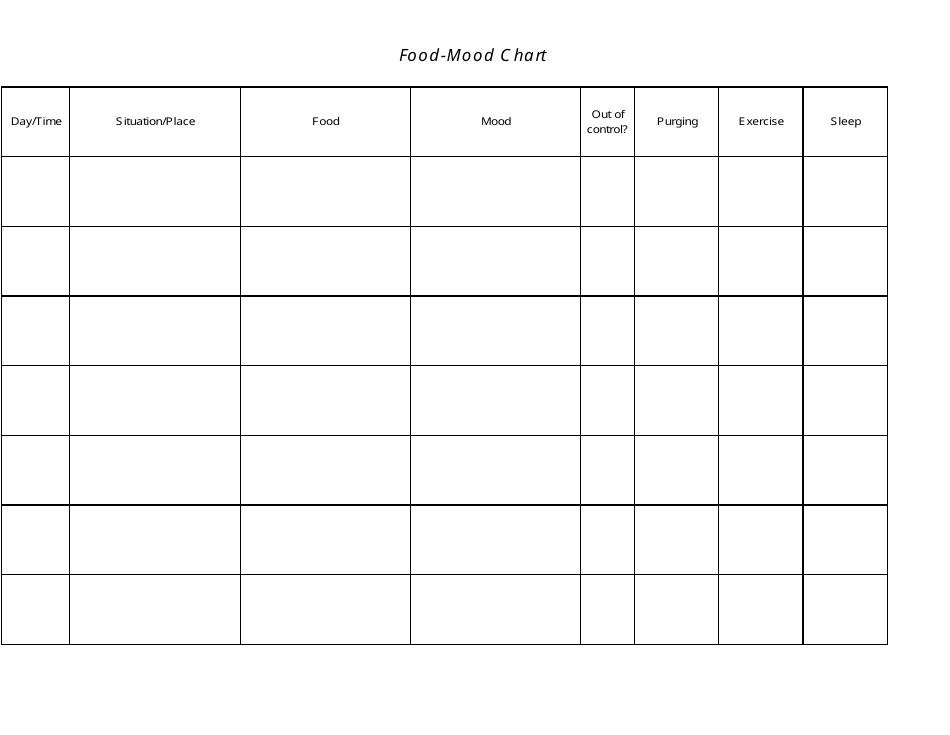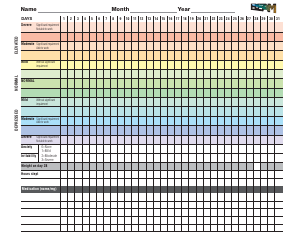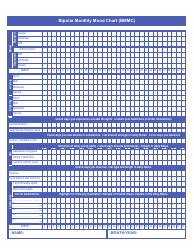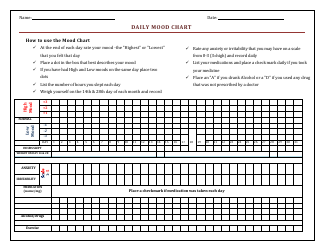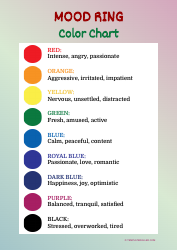Food-Mood Chart
A Food-Mood Chart is a tool used to track the relationship between the food we eat and our mood or emotions. It helps identify patterns and potential triggers for mood fluctuations or changes, leading to a better understanding of how different foods affect our mental well-being.
The Food-Mood Chart is typically filled out by individuals to track their food intake and how it affects their mood.
FAQ
Q: What is a food-mood chart?
A: A food-mood chart is a tool that helps you track the impact of the foods you eat on your mood.
Q: Why use a food-mood chart?
A: Using a food-mood chart can help you identify patterns between the foods you eat and your mood, and make more informed choices.
Q: How do you create a food-mood chart?
A: To create a food-mood chart, you would need to list the foods you eat and rate your mood after each meal or snack.
Q: What are the benefits of using a food-mood chart?
A: The benefits of using a food-mood chart include gaining insight into how different foods affect your mood, identifying potential triggers, and making adjustments for better overall well-being.
Q: Are there specific foods that affect mood?
A: There are certain foods that can impact mood, such as those high in sugar, caffeine, or processed ingredients. However, individual responses may vary.
Q: Can a food-mood chart help with emotional eating?
A: Yes, a food-mood chart can assist in recognizing patterns of emotional eating and finding healthier coping mechanisms.
Q: Is a food-mood chart a substitute for professional help?
A: While a food-mood chart can provide valuable insights, it is not a substitute for professional help. If you're experiencing significant mood issues, it's important to seek guidance from a healthcare professional.
Q: How long should I track my food and mood?
A: The duration of food and mood tracking can vary, but tracking for at least a couple of weeks can provide useful information.

